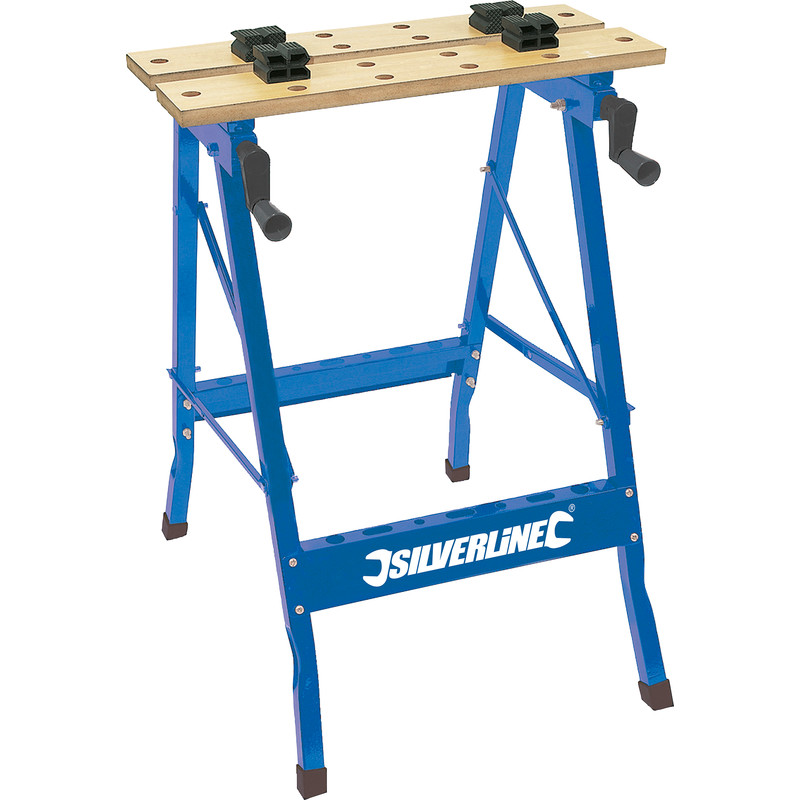8mm and 12mm is a frustrating combination in the UK. We're mostly imperial for router bits (outside the industrial world), 1/4"(6.3mm) 1/2" being the common sizes. You can get a good range of 8mm bits from Wealden, but I've not seen inexpensive 12mm ones, although I don't patronise the big sheds if it's at all avoidable, and certainly don't buy tools there, so B+Q etc. Might keep them..
Regarding the adaptation: if you don't want to dismantle the router completely, check to see if those stockings are loose at both top and bottom. You might remove the baseplate, or failing that cut them off by heating a stanley knife blade on the stove (held in Mole grips!) And then cutting them off radially - no mess, no damage to the bars. The baseplate looks like it's held on in the same way my T11 one is: roll pins through the bottom of the bars (you can see the holes in the edges of the baseplate, in the pictures I've Googled (yellow PP router). These are not designed to come out again, as you can really only push those pins out (and there's nowhere for them to go as the holes are blind). Even if you did, you'd still have to find some new pins to replace them as they're not reusable.
But those stockings are to prevent sawdust gumming up the plunge action, and being upside down in a table, stuff will fall in rather easily. As long as you clean up religiously after each pass (vacuum all round the "top" of the router), it should be OK.
Bear in mind, too, that it was designed to function as-is: it may well be the case that it can't plunge any further anyway, even without the stockings. My first 1/2" router was an earlier PP model and it was frankly a complete pain in the table - hardly any plunge depth, the plunge lock kept slipping (REALLY problematic), the collet and bearings wore very rapidly, and finally the speed control died because of cheap components. And I had to melt the plastics round the trigger (and remove its stupid "safety" interlock) before it would stay switched on (essential in a router table).
I also have two little old Bosch routers (POF 500 &600). They have Swiss motors, and are capable of good work. You can make your own router table for them very quickly and easily:
Take one of these:
... or something like it. Remove the jaws, and replace them with a single slab of MFC from an Ikea shelf or a kitchen cupboard or similar. It doesn't need to be wonderful, just flat, and 1/2" thick or more (mine is 18mm - an old Ikea shelf), and fitting it is the last stage in the process. You do need at least 2" overhang all round when the jaw mechanism is fully open (which is how it should be when you attach the board).
Your PP router most probably uses M4 machine screws (countersunk, threaded full length) to retain the skid plate on the bottom, but the Bosch ones are probably M5. Mark the centre of the board, and fit the router there. Draw round the baseplate once you've fitted it, in case you need to rebate. Countersink the screw holes on the top side a bit generously so nothing catches.
You're done, pretty much. Screw the shelf onto the open, fully wound out legs and framework using the original screws. I'd drill pilot holes to ensure you get max strength fixings. Fit a wide, plungable bit to the router, and carefully plunge it through. Job done!
Fence? Just use a straight length of 3x2 clamped onto the top. It doesn't need to be parallel to anything, as it will always be "parallel" to the cutter (unlike a tablesaw). The accuracy depends on careful movement of the workpiece. If you are doing blind slots, that's called "dropping on", and you do it by taking several passes of increasing depth.
Start really shallow. The actual drop-on is the most likely point to wobble the cut. When slotting there's no "climb cut" involved (one side of the slot is climbed, the other isn't), but the cutter will first contact the wood going
sideways, so there is a tendency to pull it off line. No problem if you're expecting it to pull. A really new, sharp, good quality cutter helps enormusly - blunt ones pull at the stock rather than cutting it.
Always experiment on scrap first. To control the length of a slot, I just use wooden blocks clamped to the table alonside the fence - slide gently along until you stop the workpiece against it. Measure carefully, and don't forget to allow for the radius of the cutter in the measurements!
You can scribble on Melamine, use masking tape or even permanent felt pen (but it tends to mark the workpiece) when I've got my experiments right, I mark things, in case something slips. I also use window fitters' plastic packers to get precicse movements of the fence in or out (when rebating particularly).
Regards,
E.
PS: If you feel you need to rebate the MFC piece for the router base, that's easy - you can freehand it, but start right in the middle of the hole and work out to the edges, so the router always has something solid to bear down on.



































